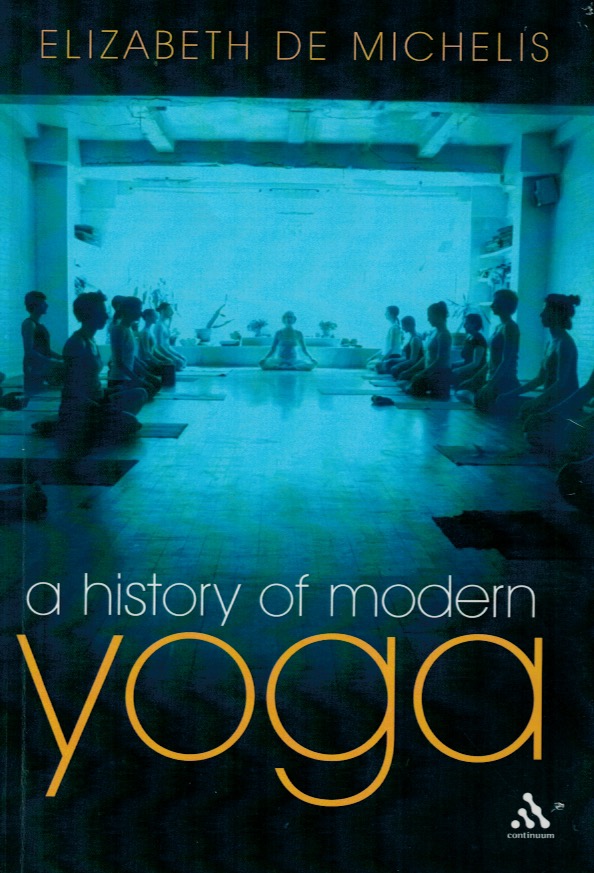
... coming from a melting pot of influences and ideas

... coming from a melting pot of influences and ideas
Since becoming Vice Chair of The BWY its all been about the Yoga and this book recommendation continues in the same vein. De Michelis is a well respected scholar and at the time this book was published there had been no other attempt to define modern yoga, so it was a groundbreaking work in which she considered its roots and influences and it remains significant in terms of yoga scholarship. De Michelis believes MY is in part a blend of new age religion and neo vedantic esotericism and she outlines the influences of reformation spiritualism, post enlightenment romanticisn, occultism and mysticism along with (not surprisingly) British colonialism. Considering the subtle differences between some of these ideologies, this is a thorough and well articulated overview, and easy to follow for somebody (like me) not well versed in all of these philosophies.
The Brahmo Samaj gets a significant mention and she traces its development from Roy through to Vivekananda. There are particularly intriguing chapters on Vivekananda: his troubled life; some of the inaccuracies of its recording, and the rather unplanned birth of “Raja Yoga” his seminal text, coming from a melting pot of influences and ideas to arrive just in time to satisfy the appetite for the western fascination with yoga. It is at this point that yoga metamorphs into a natural science with the Yoga Sutras as it’s self help manual; a short leap away from yoga as a new age religion. De Michelis takes a brief but candid look at “Raja Yoga” the text. Vivekananda was not a scholar, but his success at the parliament of religions caused him to be much in demand as a speaker. His talks were thus conversational and designed to meet the needs of a particular audience and this style is reflected in his book. I was surprised to find how much Raja Yoga is misaligned with the Yoga Sutras despite persistent ideas to the contrary.
She considers the two most influential schools of yoga in Britain, the Iyengar and British Wheel of Yoga and charts the period of acculturation and consolidation that culminated in yoga being recognized and accepted by many as a useful form of complementary medicine. The availability of Ofqual regulated training provided by BWY and yoga being recommended in health education authority leaflets are significant developments. Her conclusion that yoga has emerged as a self help healing modality which she calls a “healing ritual of secular religion” is well substantiated.
This book is intellectually weighty but it is nevertheless accessible, and a somewhat revelatory read! It successfully navigates the plethora of philosophies that have influenced the evolution of the phenomenon that is MY, placing into context the multifarious influences that have dictated its course, and it answers the question of “Exactly what type of Yoga am I practicing?” that has been on my own lips for years. Highly recommended for anyone with an academic or curious interest and serious students of yoga will find it fascinating.
De Michelis, E., 2008, A History of Modern Yoga Reprinted. £41.99 (Pbk). London: Continuum, ISBN-13: 978-0826487728 (Pbk).